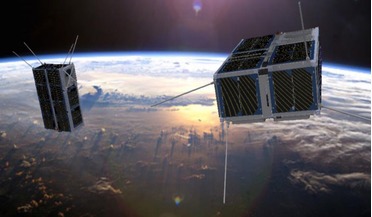 16 September 2019
First European satellite with AI set for launch
16 September 2019
First European satellite with AI set for launch
...). They are also the precursor mission to will what eventually become a constellation of federated small satellites for Earth observation achieving high temporal resolution to measure, amongst other things, soil moisture, ice extent and thickness...
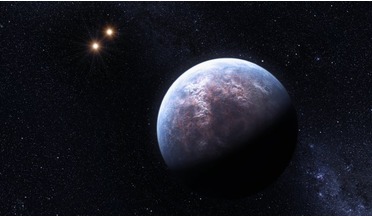 16 April 2021
Five double star systems potentially suitable for life identified by researchers
16 April 2021
Five double star systems potentially suitable for life identified by researchers
... giant planet; the eccentricity (i.e. degree of ellipticity of the orbit), semi-major axis, and period of the hypothetical Earth-like planet's orbit. The team also looked at the "climate inertia" of a hypothetical exoplanet. “Climate inertia" is the...
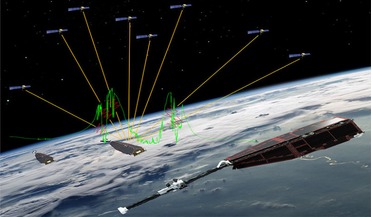 31 October 2016
Swarm constellation helps figure out why satellites lose their GPS signal
31 October 2016
Swarm constellation helps figure out why satellites lose their GPS signal
...Rapid changes in the ionosphere tend to happen close to Earth’s magnetic equator and typically just for a couple of ... being turned into exciting science, a true essence of an Earth Explorer mission such as Swarm,” added Rune Floberghagen, ESA’s ...
 October 2019
Ground segment transformation - convergence of NewSpace and the cloud
October 2019
Ground segment transformation - convergence of NewSpace and the cloud
... and process data at scale and the next wave of Earth observation and Internet of Things (IoT) satellite constellations exist ...most scalable, secure and cost-effective data processing environments on Earth. And it is important to note it is not simply...
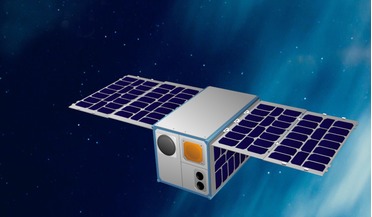 17 September 2019
Open Cosmos announces development of ‘MANTIS’ satellite
17 September 2019
Open Cosmos announces development of ‘MANTIS’ satellite
...specialised space companies announces the development of a new Earth Observation satellite called ‘MANTIS’. This name stands as... is very excited to work on this next generation Earth Observation satellite. This project shows that bringing together the...
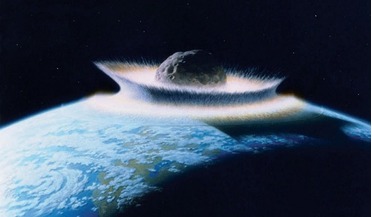 July 2014
Preventing catastrophic impact
July 2014
Preventing catastrophic impact
..., and thus are harmless. A collision with a larger body, however, could have very serious consequences. If the Earth were to collide with an object of about a kilometre in diameter, the energy released would be similar to a combined explosion of all...